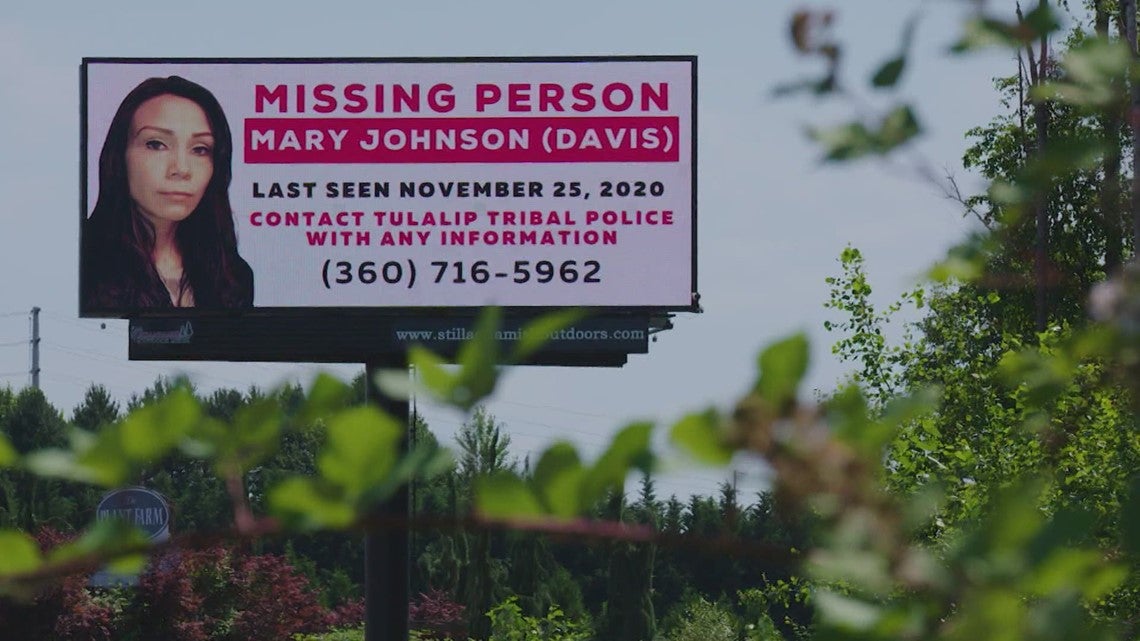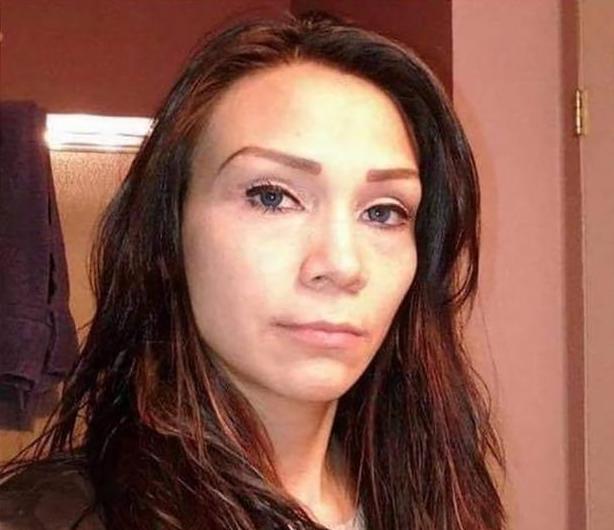‘We love our sister and want her home safe’: Sisters of missing indigenous woman appeal for action as FBI offers $10k reward
Mary Johnson among thousands of indigenous women who disappear in United States, writes Andrew Buncombe


The sisters of Mary Johnson have a very simple message: they love her and they want her back.
The 40-year-old disappeared from a tribal reservation north of Seattle last year, one of thousands of indigenous women who go missing in the United States, slipping through the cracks of a society that appears not to care.
Campaigners say the plight of Missing and Murdered Indigenous Women (MMIW) is often ignored by the authorities and the media, despite the fact that Native American women and girls disappear at a far higher rate than white women.
Yet, Johnson’s sisters are adamant they have neither forgotten her, or given up hope that she may somehow still be alive.
They hope recent publicity, about what has been termed an “epidemic” of violence faced by indigenous women, may give new momentum to the search effort, to which the FBI has announced a $10,000 reward.
“Our sister is very important,” says Nona Blouin, Johnson's older sister.
A younger sister, Gerry Davis, adds: “I hope and pray she is alive.”
Johnson, a member of the Tulalip Tribes of Washington state, was last seen walking on what is known as Firetrail Road, and that traverses the Tualip Reservation on 24 November of last year.
The road leads to the I-5 interstate, that itself stretches for 1,400 miles and connects the US border at Mexico, to its northern periphery with Canada.
She had been dropped with her suitcase at friend’s house the day before, by her estranged husband, Eric Johnson. (Efforts to locate Mr Johnson were not successful.)
Her family says she was planning to go to a church from where she hoped another friend would take her to a couple’s house in the town of Oso, about 30 miles away.
She never made it, and two weeks later, on 9 December, Johnson’s partner reported her missing.
Her sisters, Blouin and Davis, say initially police gave the impression they were trying to solve the mystery and locate their sister. But they say that very quickly, their contact with the police dried up.

Members of the Native American community put up a billboard on the I-5 highlighting the case, and did their best to spread awareness through their own networks of friends. In September of this year, the FBI offered $10,000 for information relating to the case.
“I think they put out the $10,000 reward because we put a fire under their asses to go and do something, instead of doing nothing,” says Davis.
The women say they believe their sister’s case has failed to receive more media attention because she is Native American.
They, and other indigenous women, compare their struggle to get out the word, to the massive, rolling coverage received by the case of Gabby Petito, a white woman from Long Island, New York, who disappeared in the Grand Teton National Park, after failing to return from a cross-country road trip with her fiancé, Brian Laundrie.
Petito’s remains were found last month at a campsite 20 miles north of Jackson and authorities in Wyoming credit the blanket coverage in resulting in the tips from members of the public that helped police find her body within a week of their search.
A study published by a taskforce established by Wyoming’s governor, Mark Gordon, found that incidents of indigenous women going missing received a fraction of the coverage of missing white women. Often, those reports contained language, or highlighted details, that some saw as victim blaming.

At the same time, the murder rate for indigenous women was six times that of white women, with an estimated 70 per cent of perpetrators being non-native, the report highlighted.
Abigail Echo-Hawk, a member of the Pawnee Nation of Oklahoma and director of the Seattle-based Urban Indian Health Institute, said campaigners felt compassion for the family of Petito. At the same time, it was essential to highlight the disparity in media coverage for missing white women, compared to indigenous women.
“What we see is systematic bias, institutional and structural racism and the vilifying and the placing of blame on the victims themselves and their families for when these people go missing and murdered,” she told the Seattle Times. “And what we see is absolute injustice. And that is why Washington state ranks one of the highest for missing and murdered Indigenous women and girls.”
Johnson’s sisters agree.
Davis says she thinks a key reason the case has received only modest attention is that Johnson lived in a tribal reservation.
“Yes, she did have a drug and alcohol problem, but they should see the other side of her, as a person,” says Davis. “They're judging her for what they know and they don't know the loving sister, and the caring beautiful soul she is.”
Blouin says a number of indigenous people do struggle with addiction issues – often associated with generational trauma or abuse – but that it is wrong to generalise.
“Not all Native Americans are that way, and it just bugs the heck out of me,” she adds.
The FBI’s Seattle office said in a statement that “the reward we are offering is indicative of our commitment and desire to find an answer for Mary’s family. The issuing of the reward poster on September 15 is the appropriate next step in this investigation”.
Det David Salee, an officer with the Tulalip Tribal Police, says the case is being investigated as a “homicide”, even though no body has been found.
“It is an active, open investigation. We do have leads that we are still following up on. We're working on it daily,” he tells The Independent.
“And there are some developments, but nothing that we can share with the media. We certainly don't want to tip our hand and ruin the investigation just because inquiring minds across America want to know.”
How do Davis and Blouin think of their sister?
To start, they say, they have not been told by the police that their sister’s case is being treated as a homicide, further proof, they allege, that they are being kept out of the loop.
They also say they continue to hope she is still alive, holed up somewhere and – for whatever reason – not wanting to be found.
Speaking in the present tense, they say Johnson is someone who is kind, generous and full of laughter.
“She'll give you the shirt off her back if you need it. I mean, she even bought this homeless guy a sandwich, and dog food for the dogs out by the Safeway (grocery),” says Davis.
Blouin adds: “We have lots and lots of good memories growing up. Holidays were big in our house – Halloween, Christmas. We probably had the same group of friends that come over and would hang out at our house.”
When they got older, she says, they would visit the local Mall – “hanging out, the movies and stuff”.
“I mean, she loves everybody. We love her so much,” she says.
“We are not giving up hope.”
Bookmark popover
Removed from bookmarks